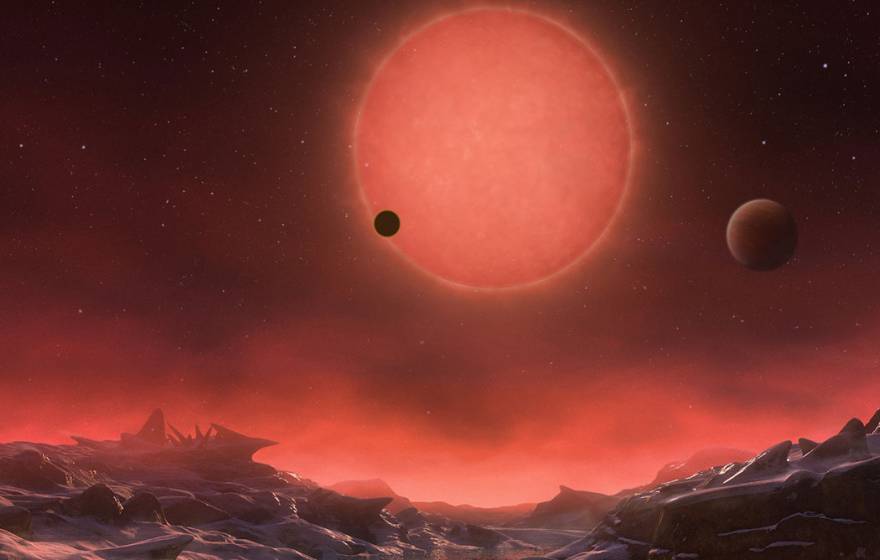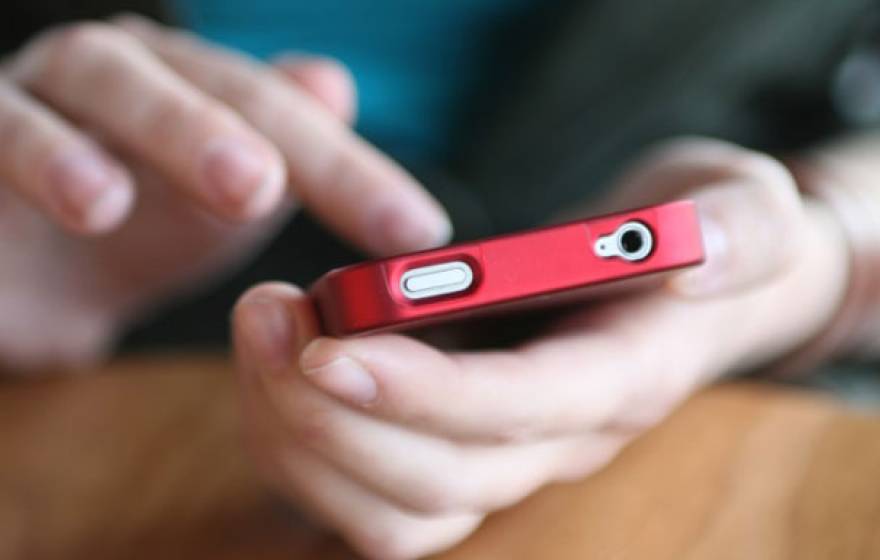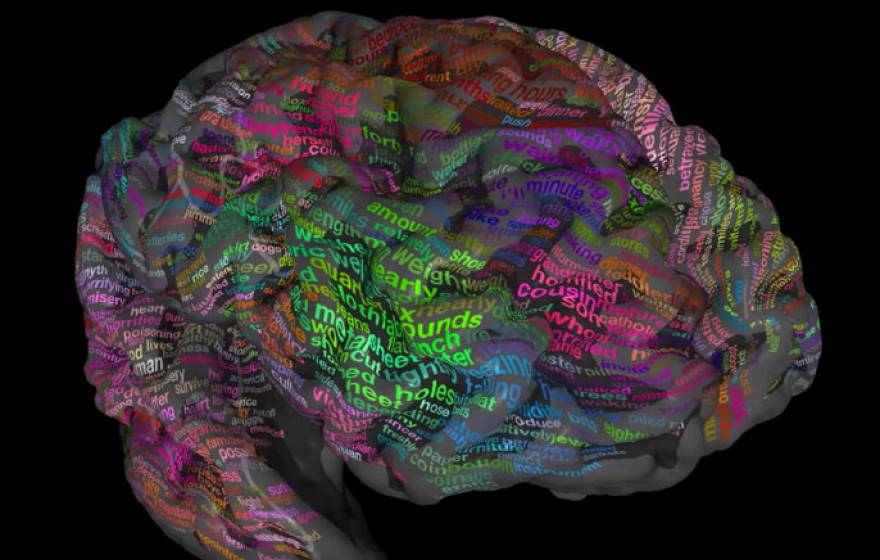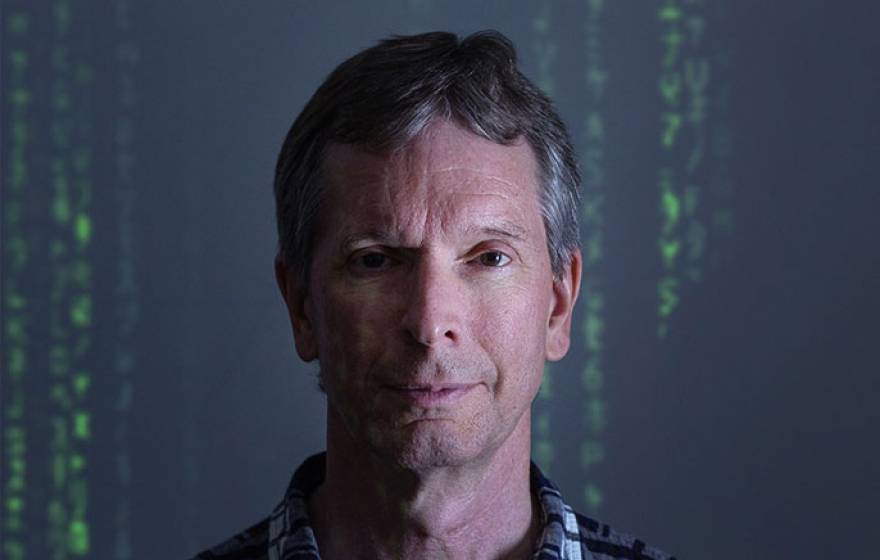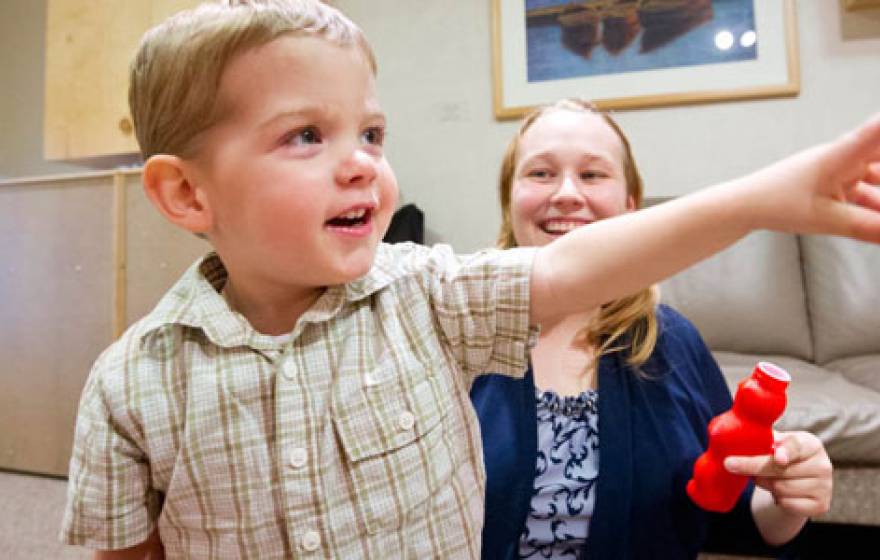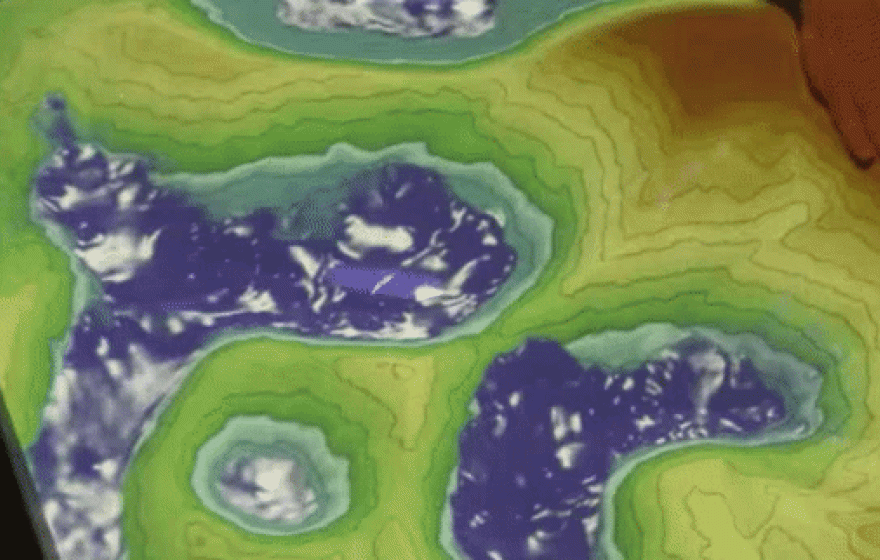New UC Riverside study finds that figures viewed as clever help preschoolers model problem-solving behavior.
Children trust ‘smart’ characters on television
Read this story without distraction (can you?)
A UC Irvine study outlines how we lose our focus. The good news? There's a way to get it back.
‘Ultracool’ dwarf star hosts three potentially habitable planets
A UC San Diego physicist has broken new ground in the search for life beyond Earth.
Wrapping up multiple sclerosis at UCSF
With one drug to shut down its progression and another to undo its damage, MS doesn’t stand a chance.
Not just climate change: Study finds human activity is a major factor driving wildfires
People are responsible for more than 90 percent of California fires, says a UC Berkeley scientist.
Cheaters never win, finds new study
A UC Riverside sociologist's experiment shows that selfish behavior lowers levels of happiness.
Can this app change schizophrenia treatment?
A UCSF psychiatrist created a social network to help patients feel less isolated.
Biofluorescent catsharks, glowing in the deep
UC San Diego study uses "shark-eye" vision to reveal how species may communicate underwater.
How your brain files away words
View a colorful "semantic atlas" built by UC Berkeley scientists that illustrates how we process language.
The case against reality
A UC Irvine scientist explains how evolution has steeped us in illusions for our own good.
UC researchers join largest autism study ever in U.S.
Effort seeks to analyze DNA from 50,000 people with autism and their families.
High-tech sandbox puts research in the palm of your hands
Campus innovations, such as an augmented reality sandbox from UC Davis, featured at an NSF exhibition on Capitol Hill.


